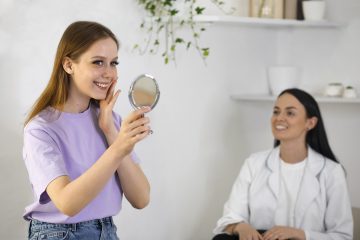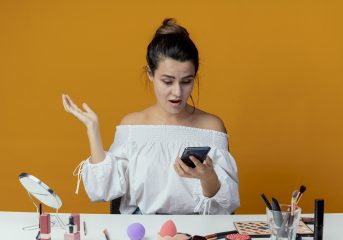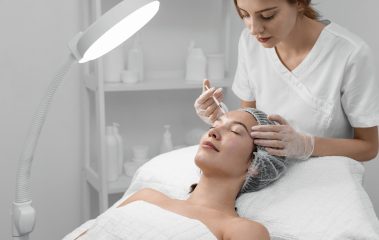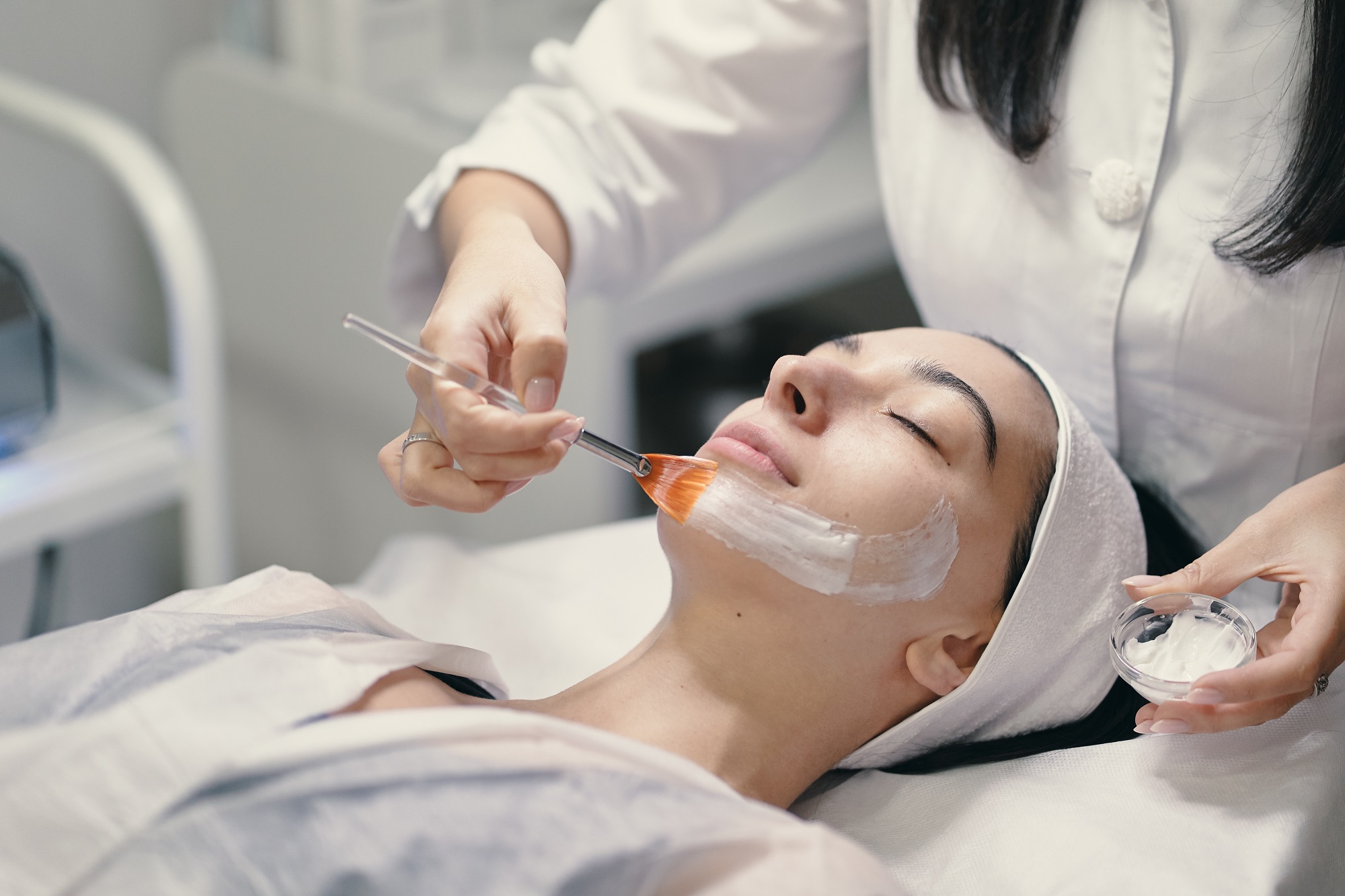Understanding the psychology of beauty involves exploring why certain aesthetic qualities are perceived as attractive and how they influence human behavior. This exploration helps uncover the deep connection between how we perceive beauty and how it affects our mental well-being.
Historically, beauty standards have varied across cultures and time periods. These standards often shape how individuals see themselves and others, influencing their self-esteem and confidence levels. By delving into the psychology behind beauty, you can better appreciate how it impacts your life and choices, especially when it comes to aesthetic treatments like the red carpet facial, which offer both immediate glow and a confidence boost aligned with evolving beauty ideals.
The way society perceives beauty can significantly impact self-worth and identity. As such, understanding these dynamics can empower you to make informed decisions about engaging with beauty norms and aesthetic treatments.
The Connection between Beauty and Self-Esteem

Self-esteem is fundamentally connected to how you perceive your own beauty. Positive self-perception can enhance your self-esteem, whereas negative self-perception can diminish it. This connection is often shaped by personal experiences, societal influences, and cultural norms surrounding beauty.
Engaging in aesthetic treatments like chemical peel, can be a way to align your physical appearance with your ideal self-image, thereby boosting self-confidence. When you feel good about how you look, it can translate into improved social interactions, professional opportunities, and personal relationships.
However, it is essential to recognize that while aesthetic treatments can boost self-esteem, they should not be seen as the sole solution to self-worth issues. True self-esteem comes from a balanced perspective that appreciates inner qualities as much as outer ones. A healthy self-image combines both physical and emotional well-being, allowing you to embrace your unique beauty.
Popular Aesthetic Treatments and Their Impact
Today, many people choose aesthetic treatments to enhance their appearance and feel better about themselves. These treatments can be non-surgical (like injections) or surgical (like operations). Let’s understand them in detail:
1. Botox Injections
-
What is it?
Botox is a medicine injected into facial muscles. -
How does it work?
It relaxes the muscles, which smoothens out wrinkles and fine lines, especially on the forehead, between eyebrows, and around the eyes (crow’s feet). -
Impact:
It gives a younger and fresher look, which makes people feel more confident in their appearance.
2. Dermal Fillers
-
What is it?
These are gel-like substances injected into the skin. -
How does it work?
Fillers add volume to areas that have become thin or saggy with age, like cheeks, lips, and under-eye areas. -
Impact:
The face looks fuller, more youthful, and refreshed, which boosts self-esteem.
3. Laser Skin Resurfacing
-
What is it?
A treatment that uses focused light beams (laser). -
How does it work?
The laser removes damaged outer layers of skin, helps in removing unwanted hair, reduces scars (like acne scars), dark spots, fine lines, and sun damage. -
Impact:
Skin becomes smoother, clearer, and more radiant, making people feel better about their skin’s health and appearance.
4. Rhinoplasty
-
What is it?
A surgical procedure to reshape or resize the nose (commonly called a nose job). -
How does it work?
The surgeon changes the shape, size, or structure of the nose to improve appearance or breathing issues. -
Impact:
It enhances facial balance and harmony, which often increases self-confidence and satisfaction with one’s looks.
5. Liposuction
-
What is it?
A surgery to remove extra fat from specific areas of the body. -
How does it work?
Fat is sucked out using a special machine from areas like the belly, thighs, hips, or arms. -
Impact:
The body looks slimmer and more toned, which improves body image and confidence, especially when clothes fit better.
The Role of Social Media in Beauty Perception

Social media plays a significant role in shaping modern beauty perceptions. These portrayals can influence your perception of what is considered beautiful and desirable, impacting your self-esteem and body image.
The constant exposure to curated images can lead to comparisons and unrealistic expectations of beauty. However, it’s important to approach social media with a critical eye, recognizing that many images are edited or filtered to create an illusion of perfection.
While social media can contribute to beauty pressures, it also offers a platform for positive body image movements and diverse representations of beauty. By following accounts that promote authenticity and inclusivity, you can foster a healthier relationship with your self-image and appreciate the diversity of beauty.
Psychological Benefits of Aesthetic Treatments
Aesthetic treatments can offer significant psychological benefits, enhancing your mental well-being and self-esteem. By aligning your physical appearance with your ideal self-image, these treatments can improve how you perceive yourself and interact with the world.
- Increased Confidence: Feeling good about your appearance can translate into increased confidence in social and professional settings.
- Improved Mood: Achieving your desired look can lead to a more positive outlook on life, reducing feelings of anxiety or depression related to appearance.
- Enhanced Self-Worth: Achieving aesthetic goals can boost self-worth and happiness.
It’s important to have realistic expectations while aesthetic treatments can boost self-esteem, they don’t replace addressing deeper emotional issues. Combining them with self-care promotes a balanced sense of self.
The Influence of Cultural Standards on Beauty

Cultural standards of beauty significantly influence how you perceive yourself and others. These standards often dictate what is considered attractive and desirable, shaping societal norms and individual self-esteem.
Throughout history, beauty standards have evolved, reflecting changes in cultural values and societal priorities. In some cultures, fair skin is prized, while in others, a tan complexion is preferred. Similarly, body shape ideals have shifted from voluptuous figures to slim frames, impacting how individuals see themselves and their worth.
Embracing the diversity of beauty can empower you to appreciate your unique qualities and resist the pressure to conform to narrow ideals. By challenging cultural beauty standards, you can foster a more inclusive and accepting environment for yourself and others.
Conclusion
Boosting self-confidence involves understanding the psychology of beauty, exploring aesthetic treatments, and challenging societal norms. Approaching these with an informed and balanced perspective can enhance your self-esteem and well-being.
Aesthetic treatments can help achieve your desired look and improve self-perception, but they should be complemented by self-care and valuing inner qualities. Prioritize authenticity and self-acceptance to embrace your unique beauty and lead a more fulfilling, empowered life.
